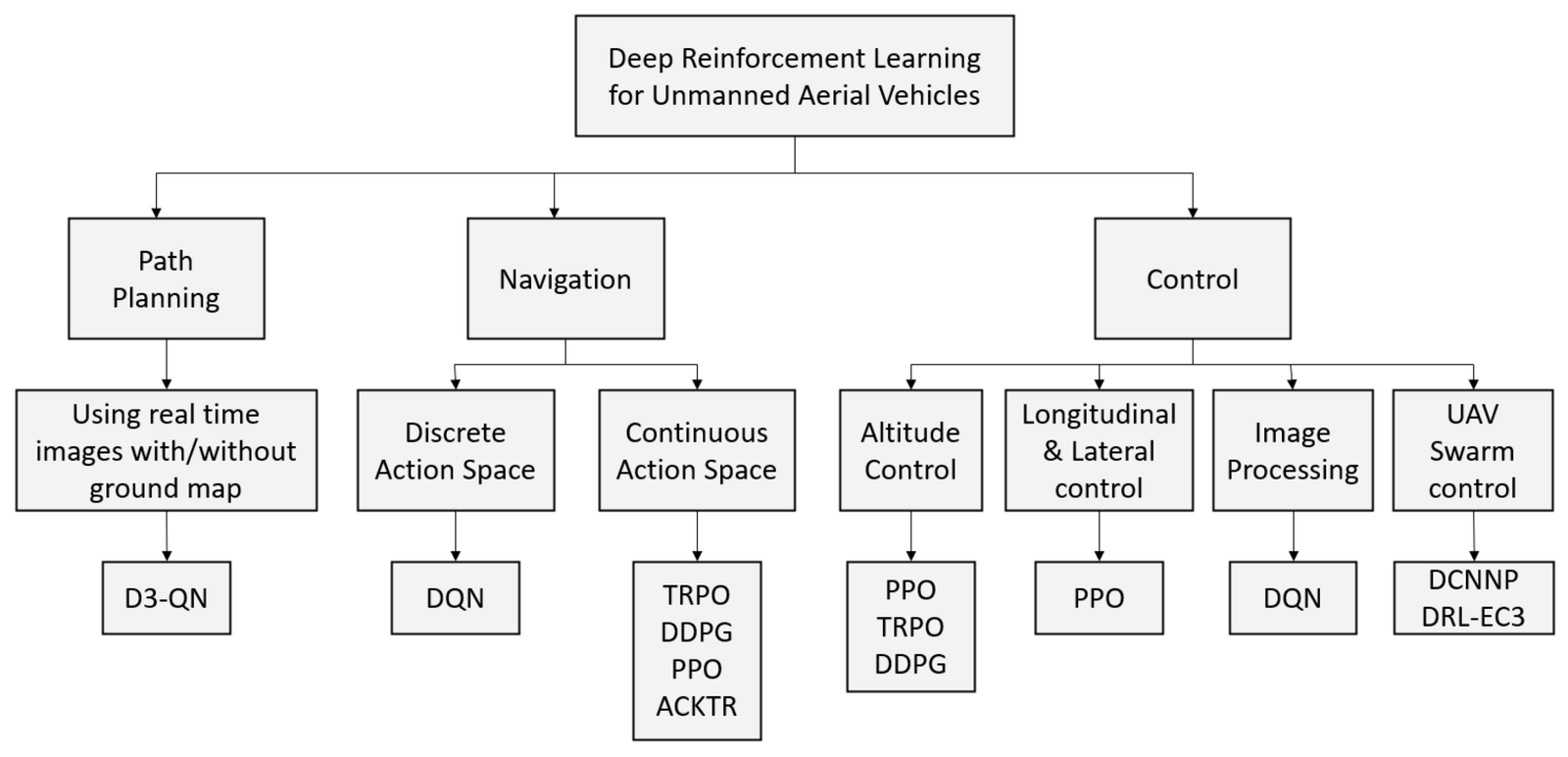Air Learning, an open-source simulator and gym environment where researchers may train RL algorithms for UAV navigation, was recently built by researchers at Harvard University and Google Research. This one-of-a-kind environment, described in a study published in Springer Link’s Special Issue on Reinforcement Learning for Real Life, has the potential to improve the performance of autonomous UAVs in real-world scenarios
Reinforcement learning (RL) algorithms have produced extremely promising results in allowing increased autonomy in robots in recent years. However, most contemporary RL approaches are largely concerned with the architecture of the algorithm rather than its practical ramifications. As a result, when the algorithms are applied to real-world UAVs, their performance may vary or be unsatisfactory.
“To achieve true autonomy in UAVs, there is a need to look at system-level aspects such as the choice of the onboard computer,” Srivatsan Krishnan, one of the researchers who carried out the study said, “Therefore, the primary objective of our study was to provide the foundational blocks that will allow researchers to evaluate these autonomy algorithms holistically.”
Researchers may evaluate the performance of the algorithms they created using various quality-of-flight (QoF) measures on the platform established by Krishnan and his colleagues. They can, for example, analyze the energy spent by drones when using their algorithms, as well as their endurance and average trajectory length when using resource-constrained hardware like a Raspberry Pi.
“We already used Air Learning to train and test several navigation policies for different deployment scenarios,” Krishnan said. “In addition, as part of our research on autonomous applications, we created a fully autonomous UAV to seek light sources. The work used Air Learning to train and deploy a light-seeking policy to run on a tiny microcontroller-powered UAV.”





